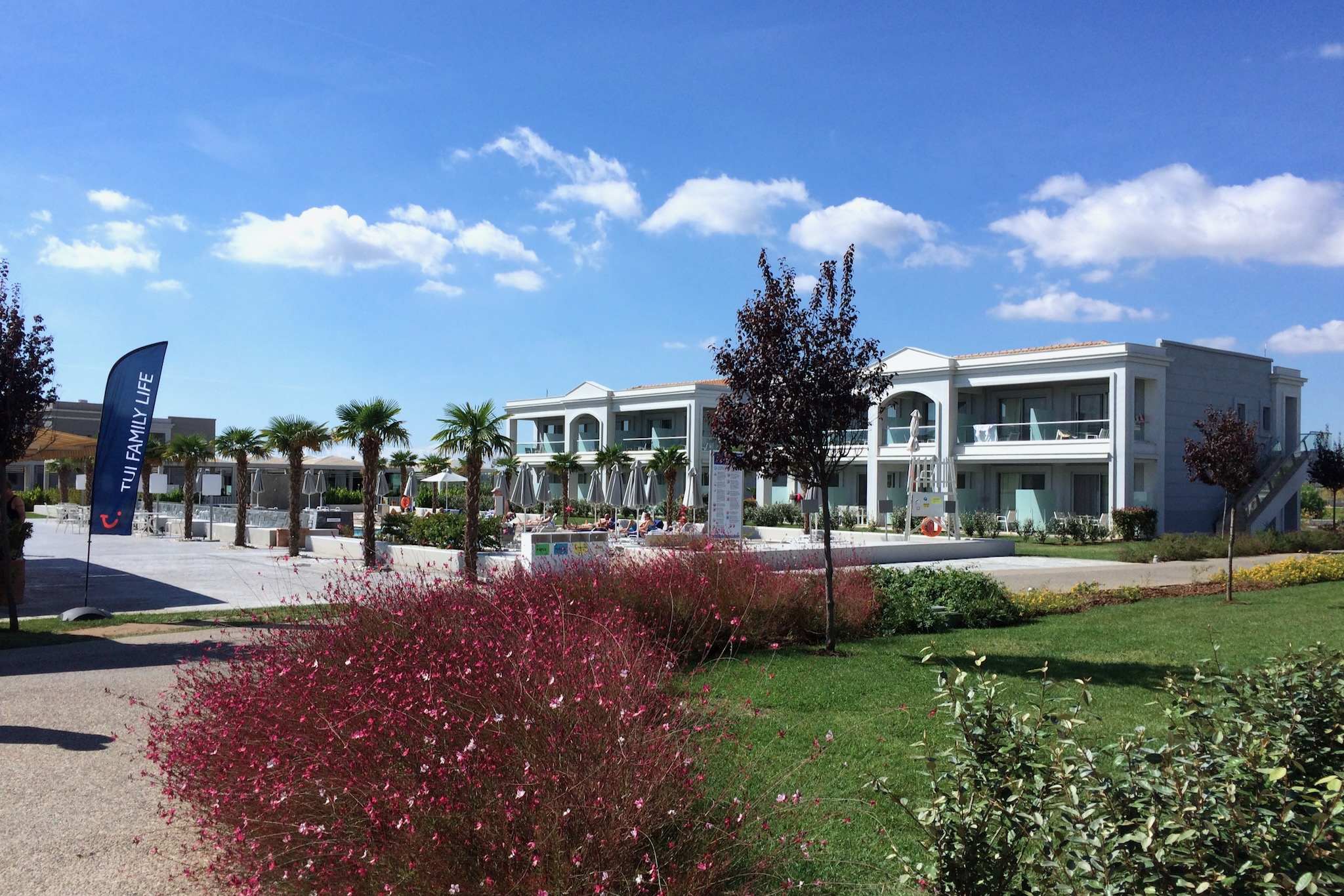At the end of October, we were drawn out into the world again. Our first flight since the start of the coronavirus pandemic was via Athens to Crete. The largest Greek island impressed us during our holiday preparations with its rich history, culture and beautiful nature. The weather is characterised by a consistent Mediterranean climate, meaning summers are hot and dry and winters are rainy and mild. Find out what you can experience on the sunniest island in the Mediterranean in this article.
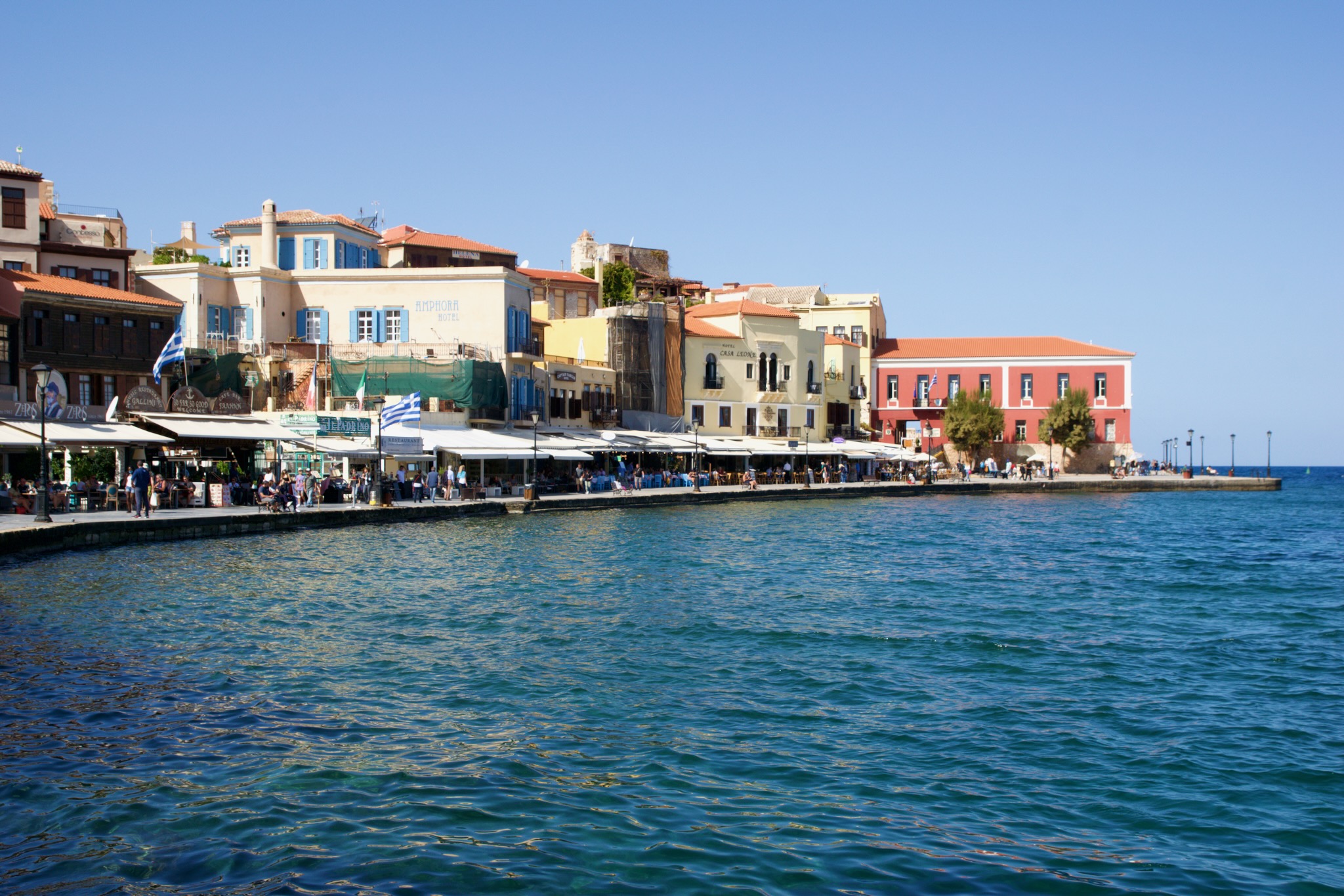
Rethymno
The island's third-largest city, and also a university town, lies in northern Crete. This port city, with its many shops and restaurants, is a magnet for all kinds of visitors. The southern part of the city reminded us a bit of the party scene in Mallorca, where hotels, bars, and clubs line the beach promenade like pearls on a string. Further north, however, lies the old town with its narrow streets and shops. The harbor is a lovely place to linger, and you can enjoy the warm weather in one of the restaurants right by the sea.
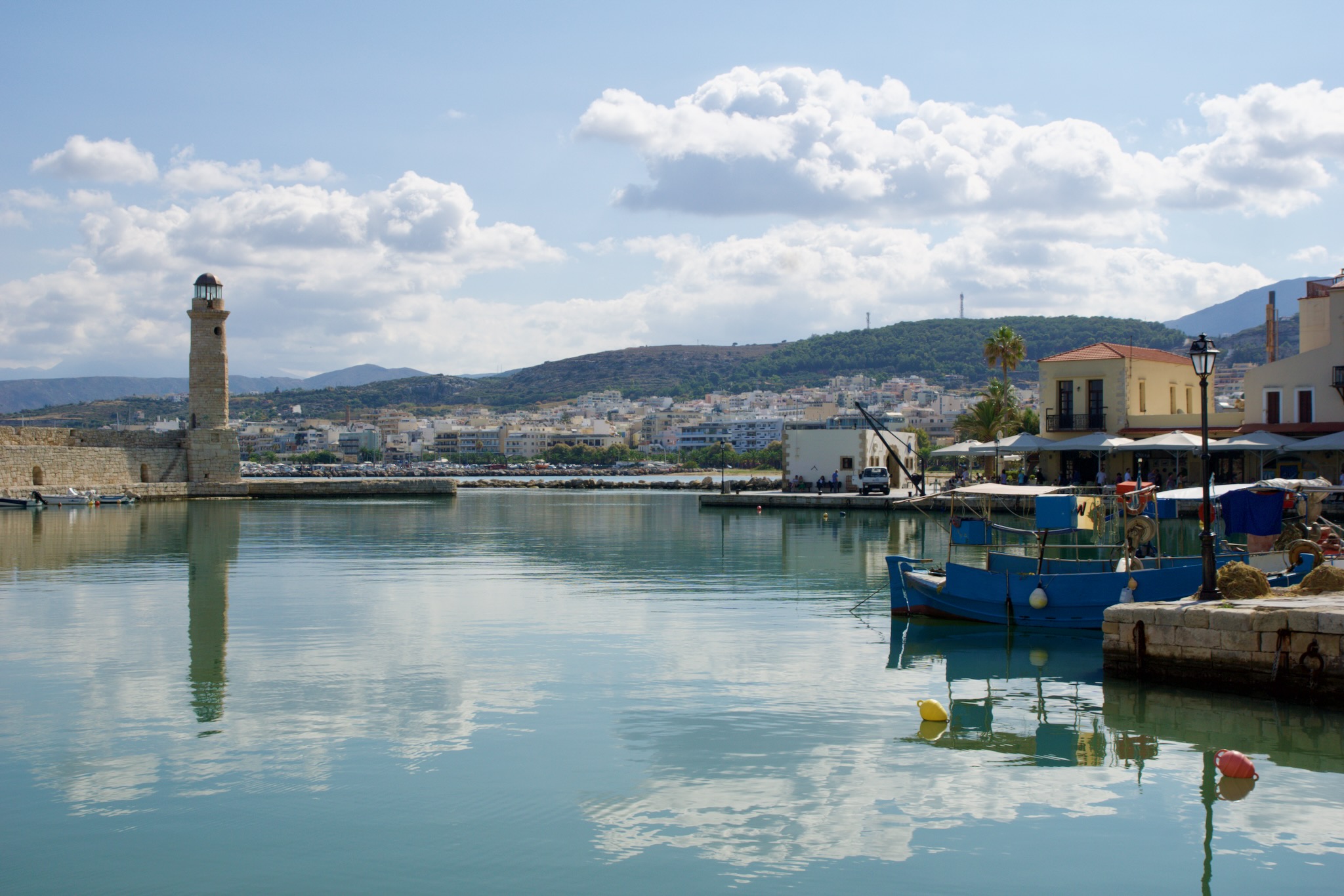

The old town is dominated by the Fort Fortezza, which sits on a hill directly by the sea. This Venetian fortification was completed in 1590 and primarily served as the seat of administration, military authorities, and the Roman bishops.

Chania
Our first impression of Chania was somewhat chaotic while searching for a parking space. It was loud, crowded, and far too hectic. But this impression was misleading. Like any major city, it has its overcrowded areas, with the obligatory main shopping street.
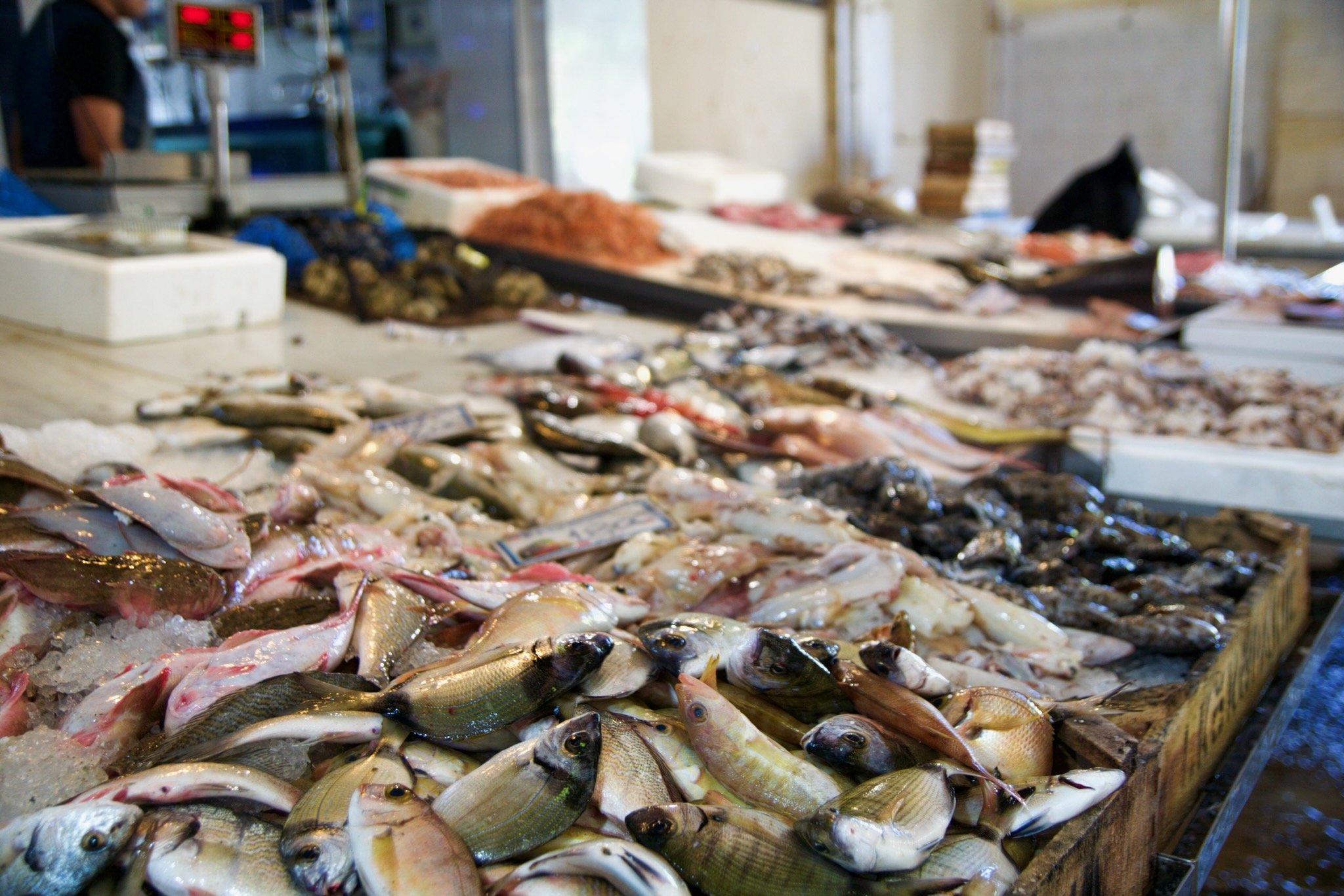
But Chania has much more to offer. The harbor is beautiful with its old, almost derelict warehouses. The market hall isn't very large, but it's rich in local specialties and also typical tourist shops.
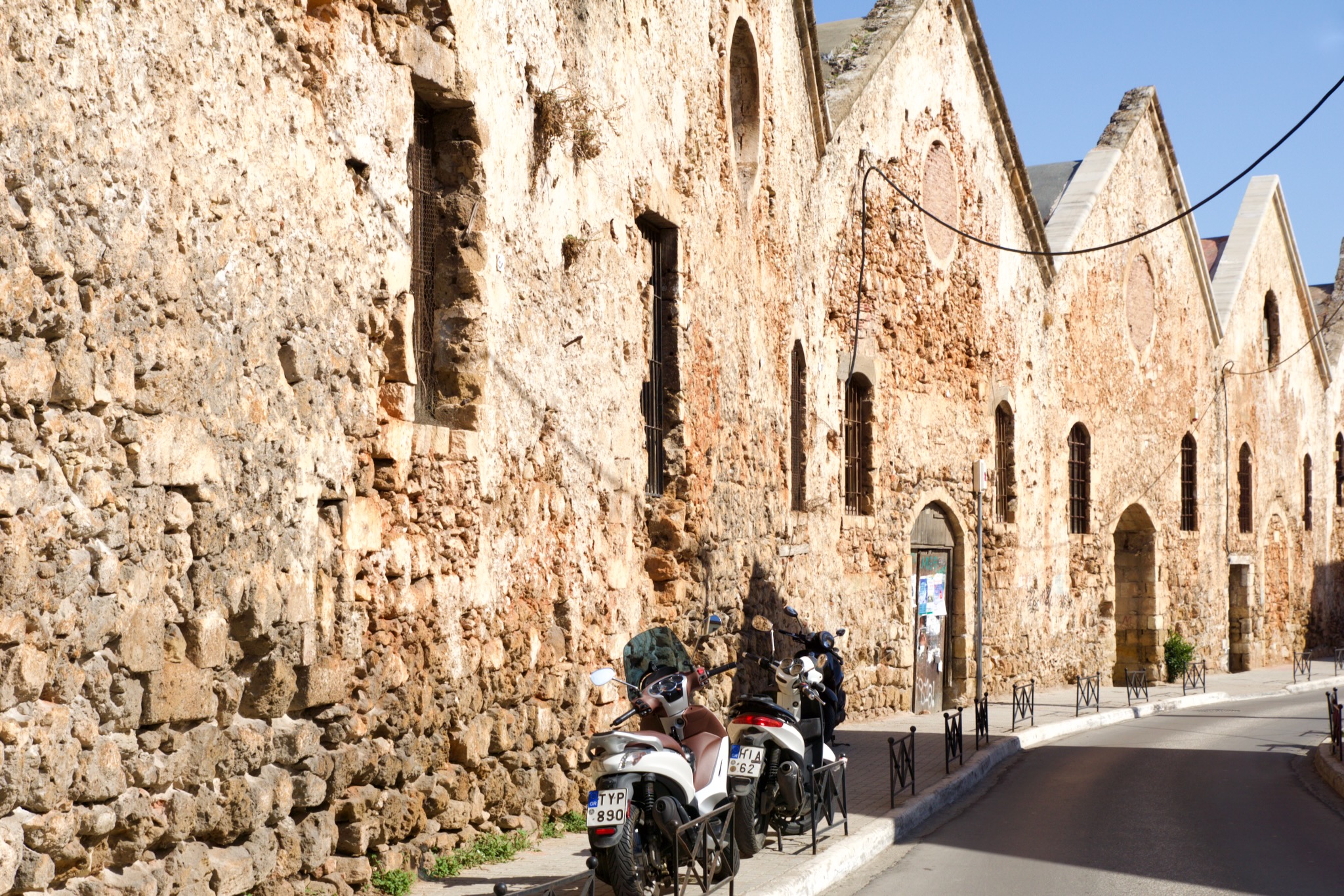
But for us, the Venetian harbor was the most beautiful part. The narrow streets and tavernas. The many restaurants right on the water beckoned with their fantastic offerings. Of course, the typical souvenir shops were also present. But shops selling genuine handicrafts and local products predominated. There was something new and exciting to discover in every alleyway. In some places, it was so narrow that the buildings opposite each other almost touched.
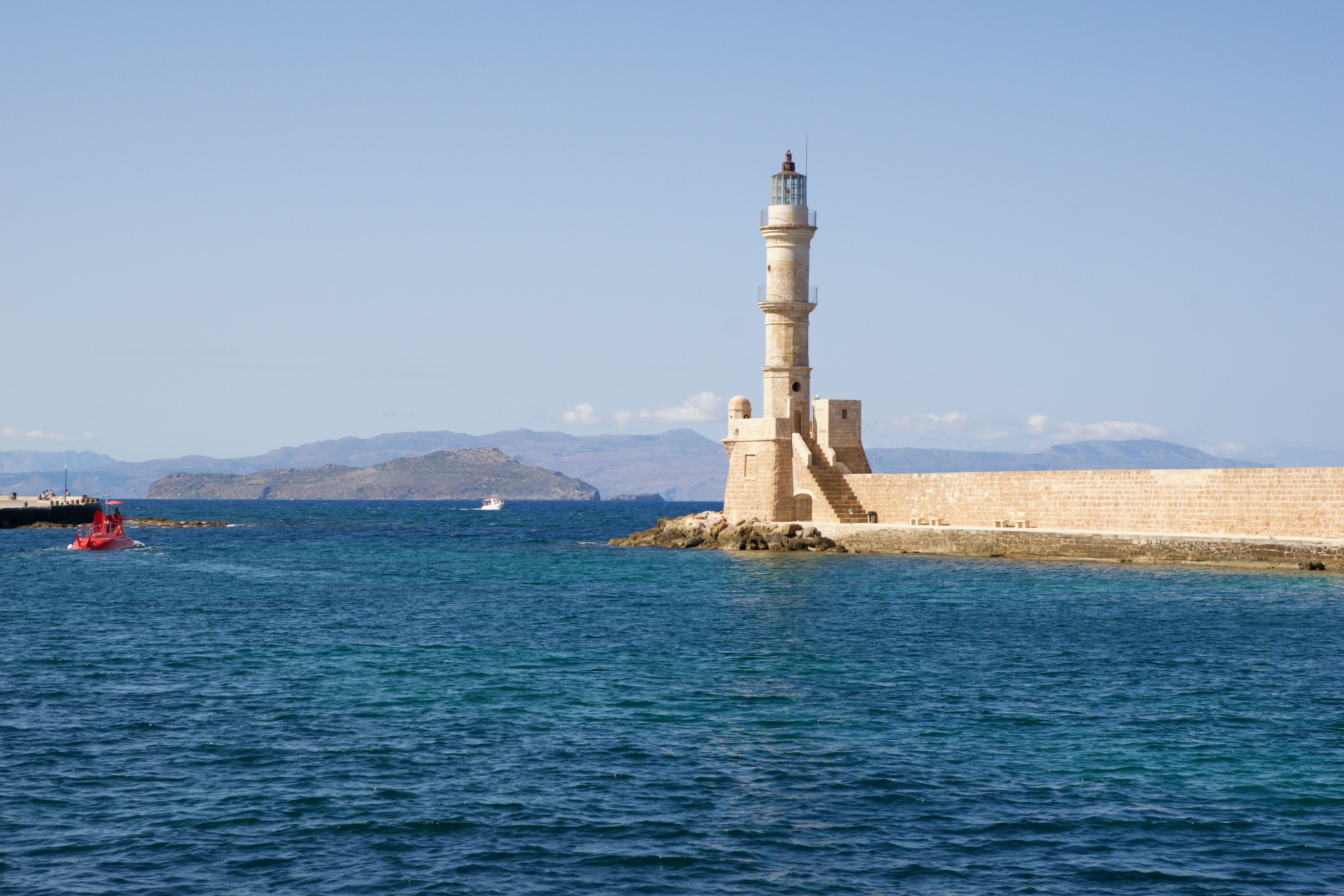
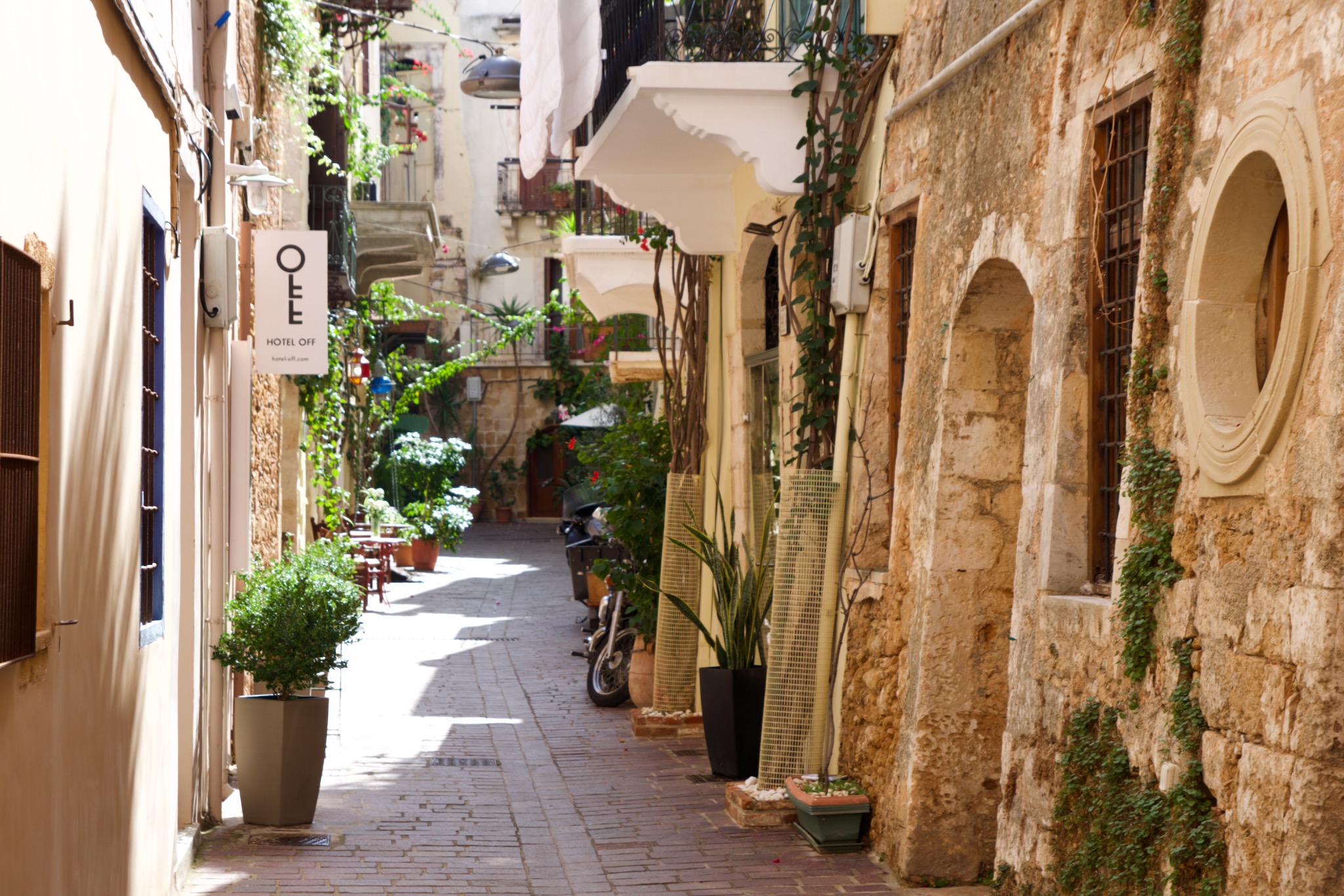
Arkadi Monastery
Arkadi Monastery is idyllically situated south of Rethymno, at an altitude of approximately 500 meters above sea level. Founded in the 13th century by the monk Arkadios, it gained worldwide fame through its role in the Cretan War of Independence in 1866. The Cretan uprising against the Turks was a pivotal moment in Crete's history, shaping both the island and the local community. The events of that time are still vividly present within the ancient walls.
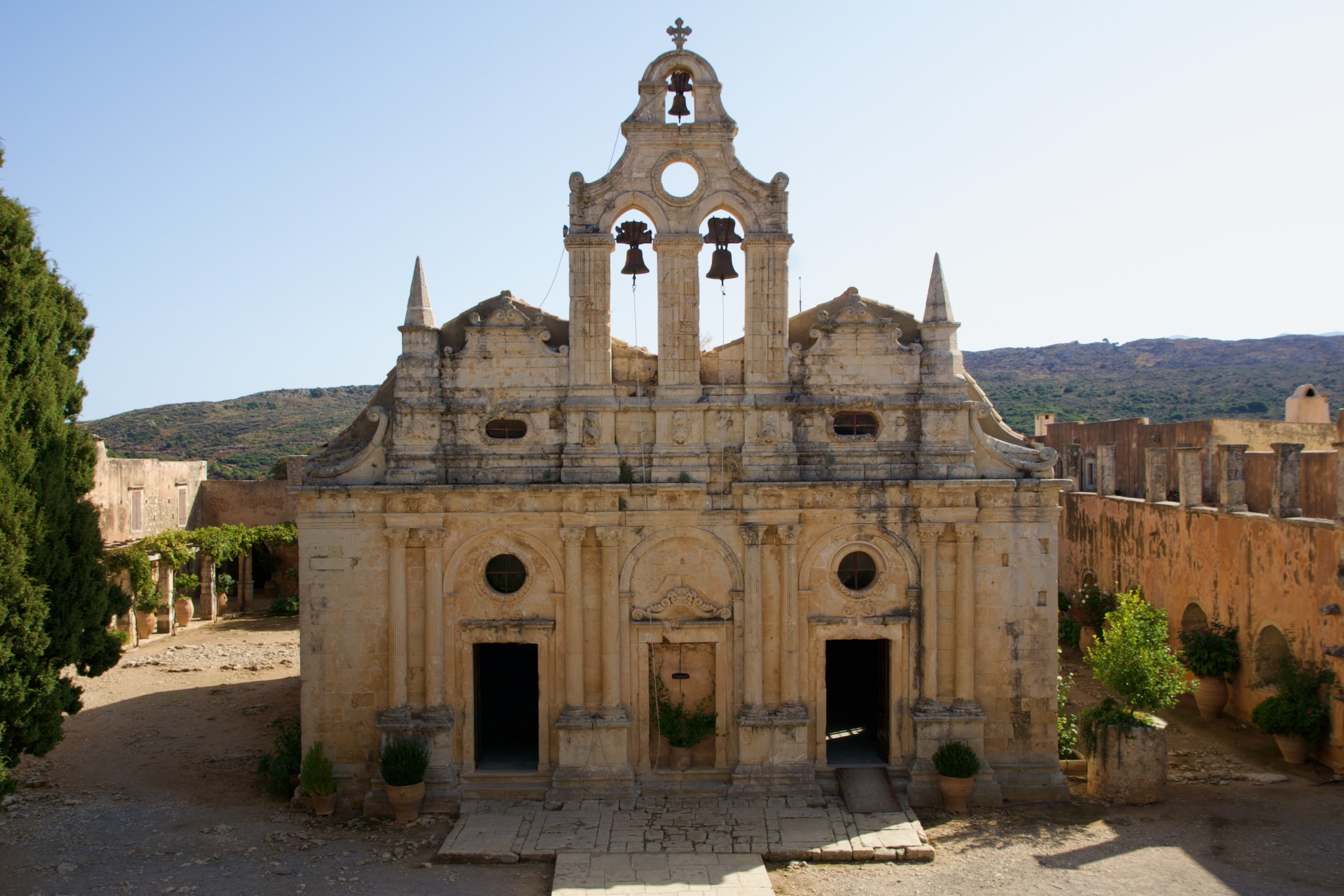
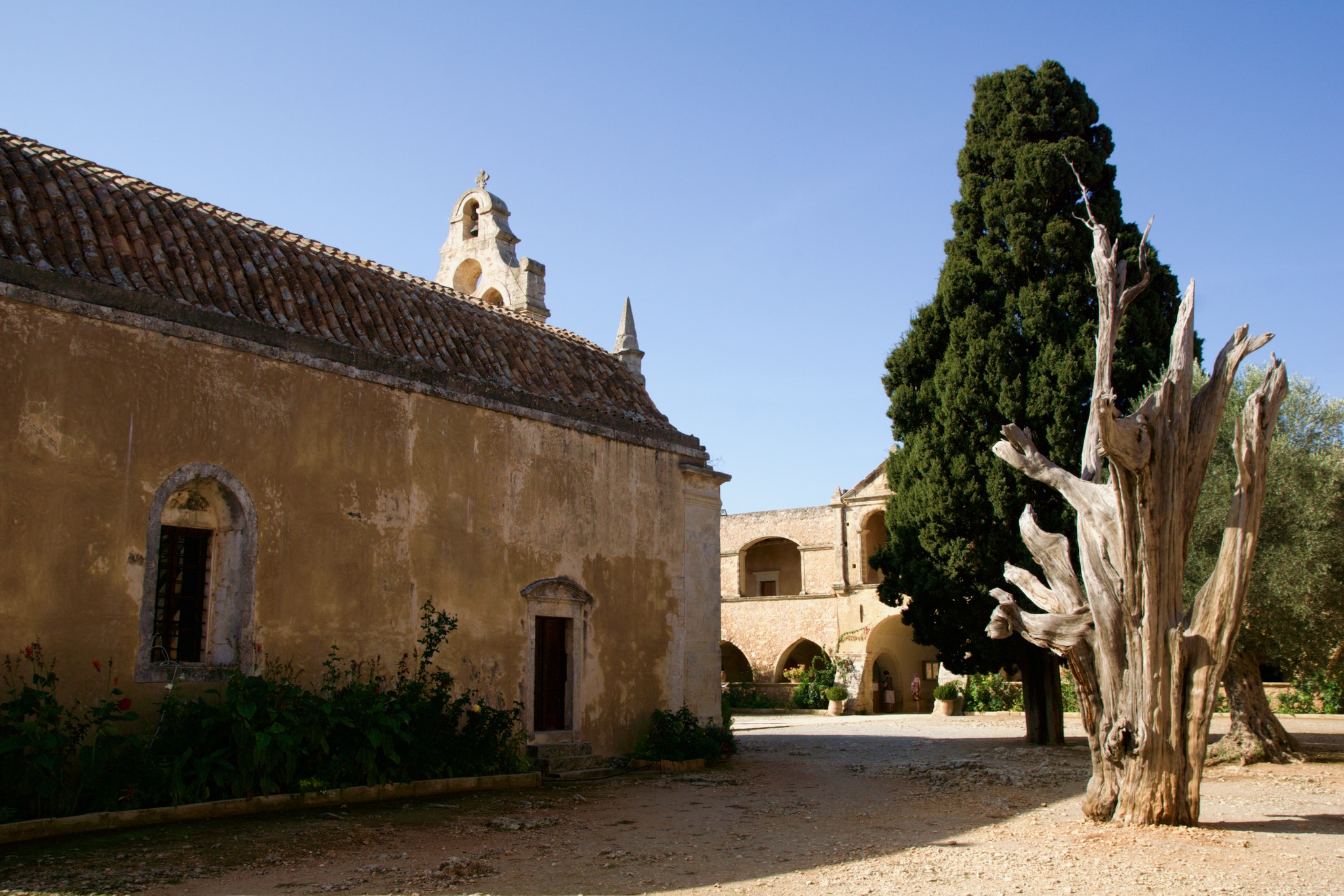
The old monastery church, centrally located in the courtyard, is truly beautiful. Many old rooms and structures can be visited, such as the old refectory, the old provisions room, and some of the monks' cells. A small museum with old priests' vestments and pistols from the time of the Turkish siege offers a deeper understanding of the history. It is very moving to learn about the experiences of the insurgents within the monastery walls. Many dramas unfolded there, and sadly, there were many victims.
Entry is inexpensive and children get in for free. You can find more information on the official website.
Knossos
Knossos is a must-see for every visitor to Crete. Here, history comes alive. The ancient archaeological site is definitely worth a visit, even with young children. The site isn't too large, and all the paths are well-maintained.
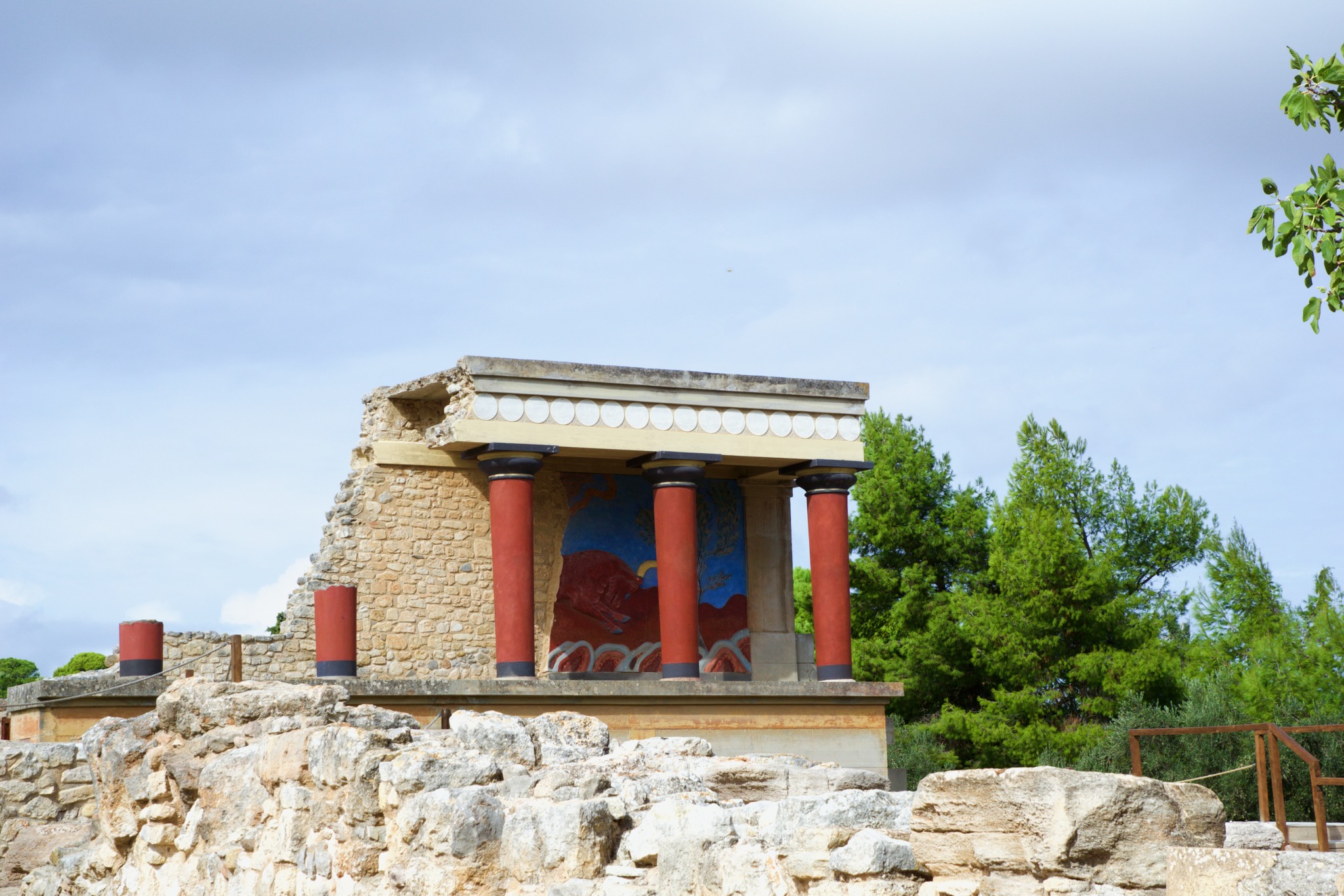
The Palace of Knossos was built between 2100 and 1800 BC. After being destroyed by a severe earthquake between 1750 and 1700 BC, Knossos was rebuilt even more magnificently and grandly. Its size and furnishings, pure luxury for the time, are impressive. The palace is said to have had up to 1300 rooms, all arranged around a rectangular central courtyard. Today, only the foundations and remnants remain. There were workshops, storerooms, even a throne room and a theater. The reconstruction of the destroyed sections is meticulous. All parts of the palace that can be admired today are, in part, reconstructions based on ancient accounts.
Our son was absolutely fascinated by all the old stones and ruins. He couldn't get enough of them. We were equally captivated. After all, we had learned so much about ancient Greece at school, using this very example.
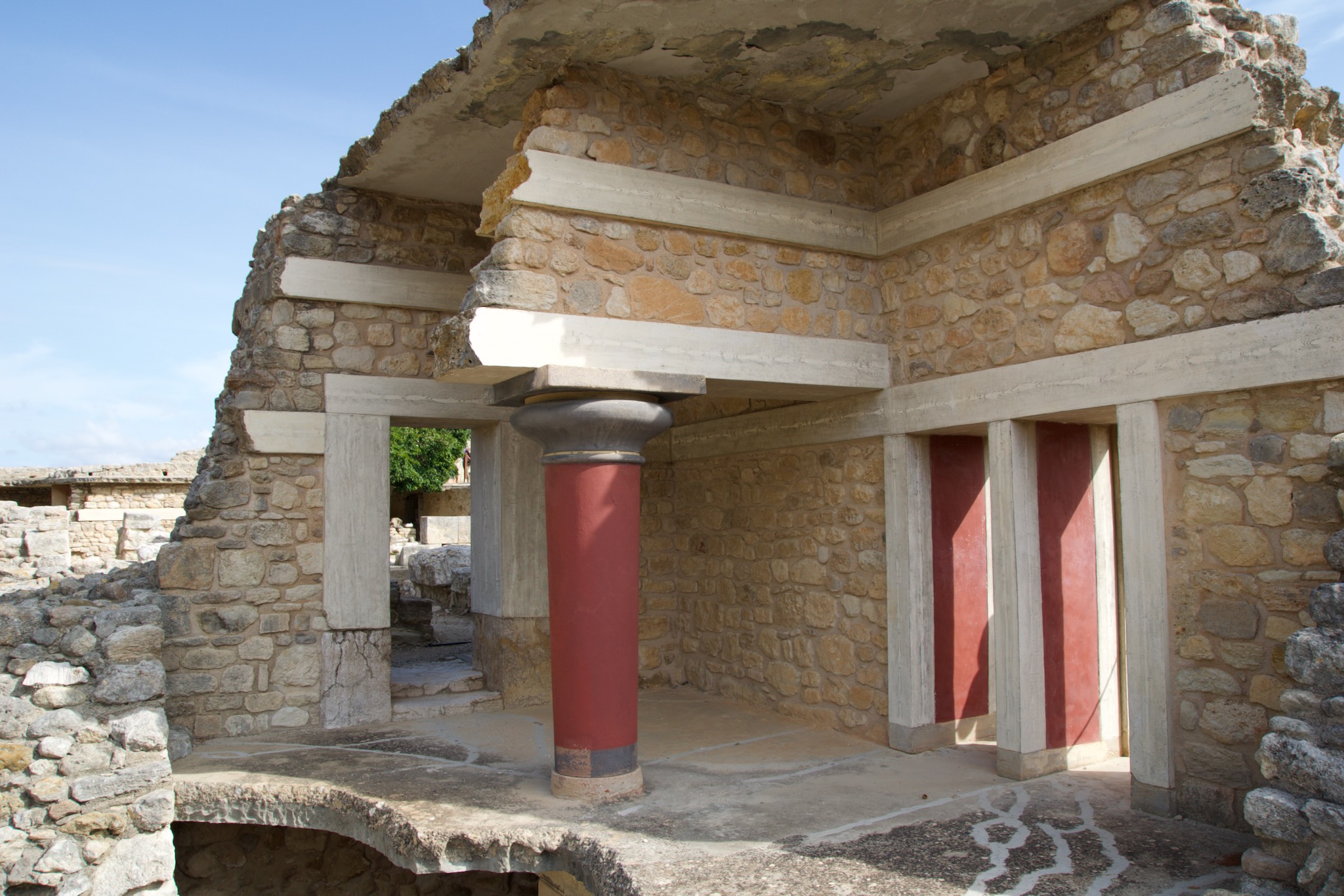
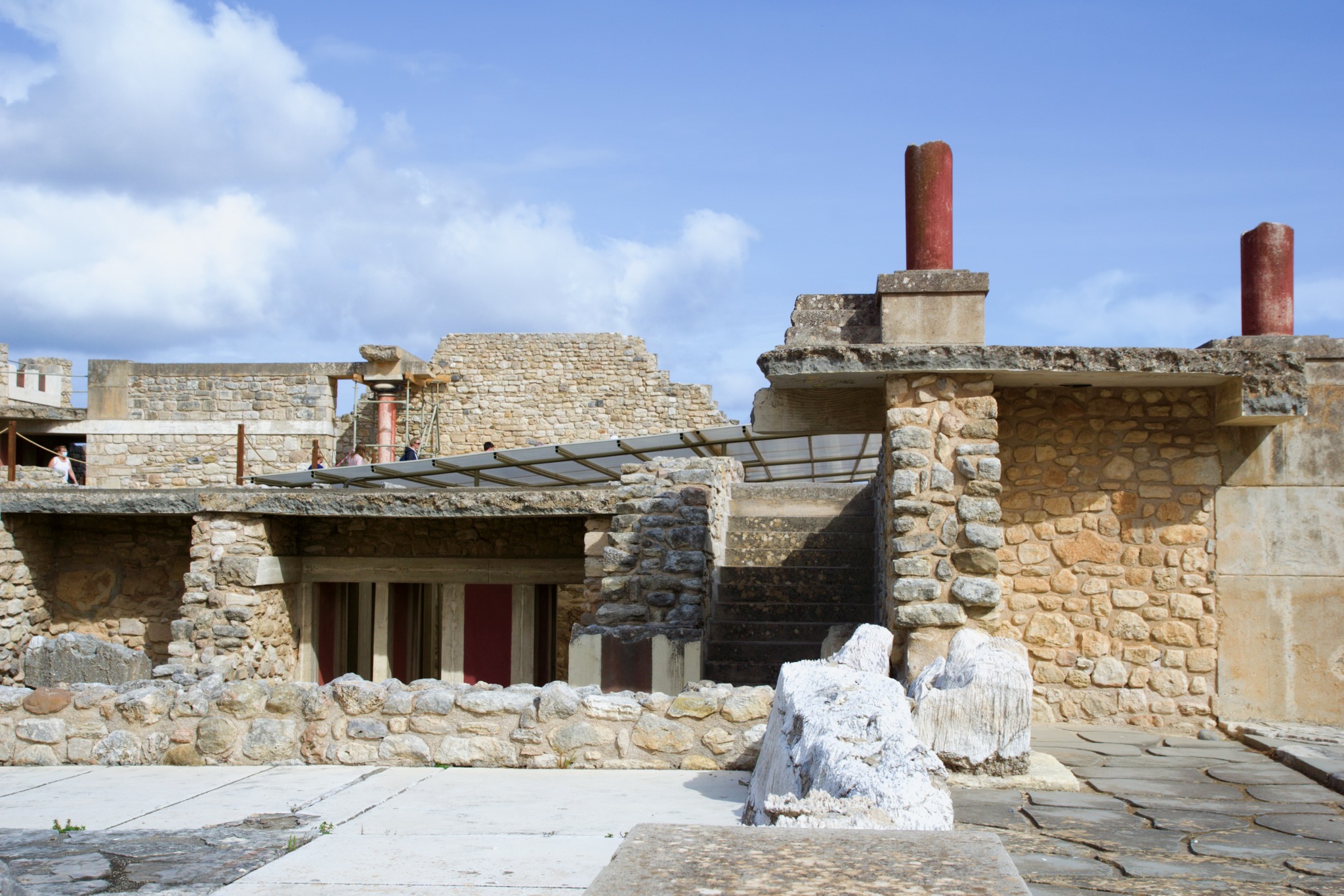
Our tip: Be sure to buy tickets online (official online storeWe pre-ordered! We were there on a Monday during the off-season and it was already very crowded, with an endless queue at the ticket office! Two cruise ships had just docked in the port of Heraklion. What must it be like in peak season? With a pre-order, you can skip the queue completely.
Gerontospilios Cave
A true hidden gem, this cave is tucked away in the mountains of Kouloukona, north of the village of Melidoni. To reach the cave entrance, you have to climb a short, narrow path. The stairs leading down from the entrance into the large chamber are relatively steep, but well-maintained. The impressive stalagmites and stalactites are enormous and beautifully illuminated.
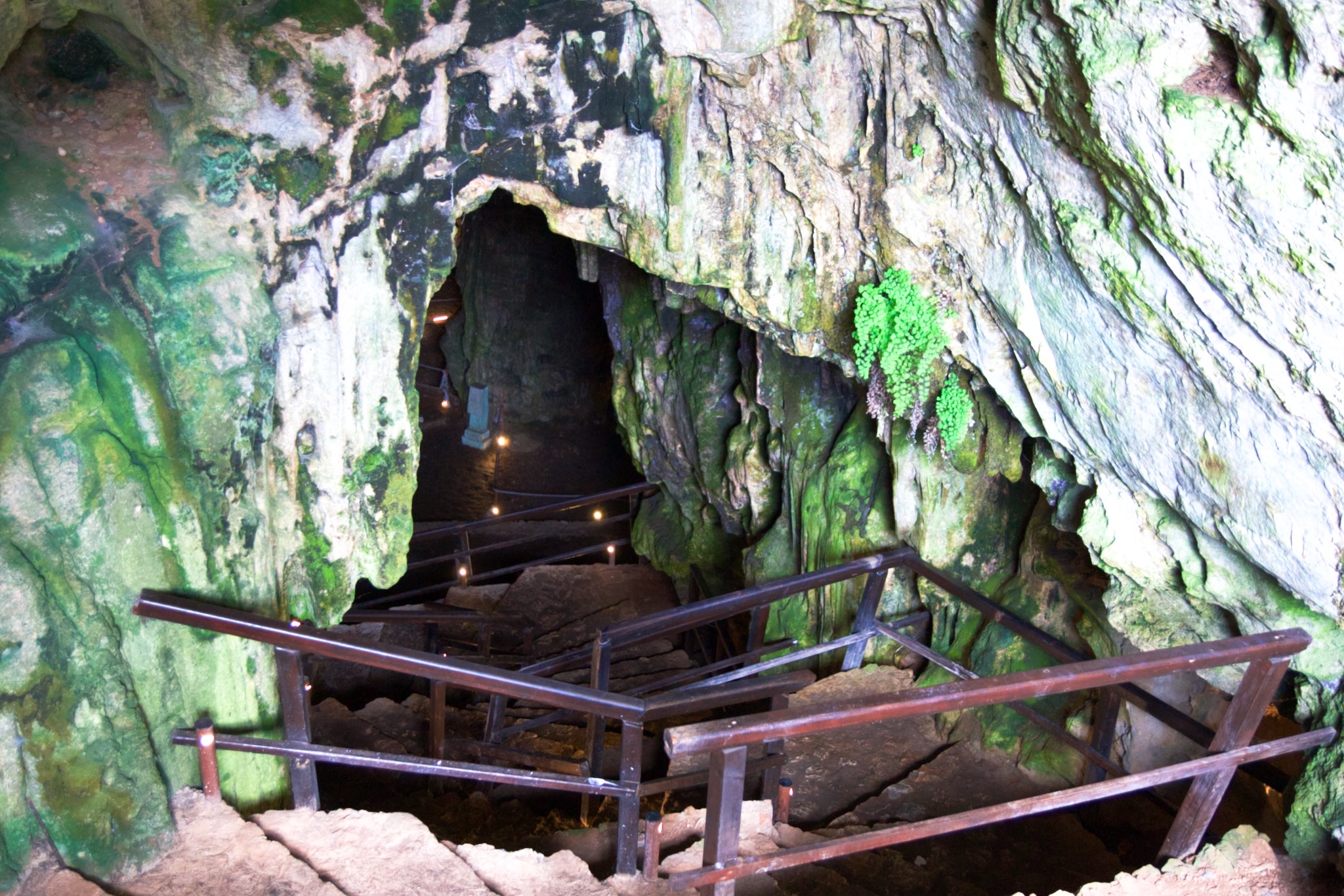
The cave extends over three levels and in two directions. The large main chamber (Heroes' Chamber) can be visited on a short tour. It takes about 30 minutes and is very impressive. The other two chambers (Raulin's Chamber and Pashley's Chamber) were not accessible during our visit.
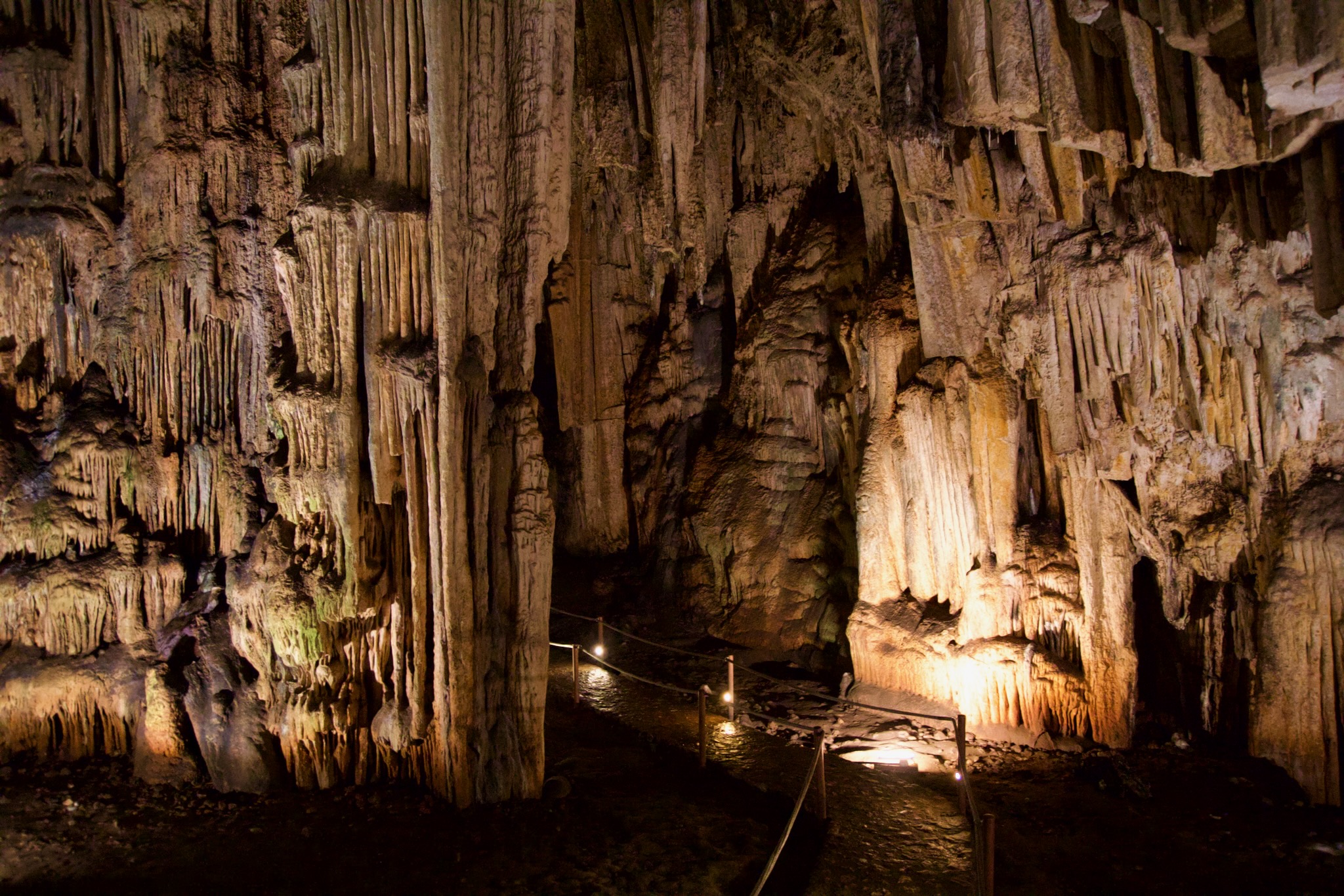
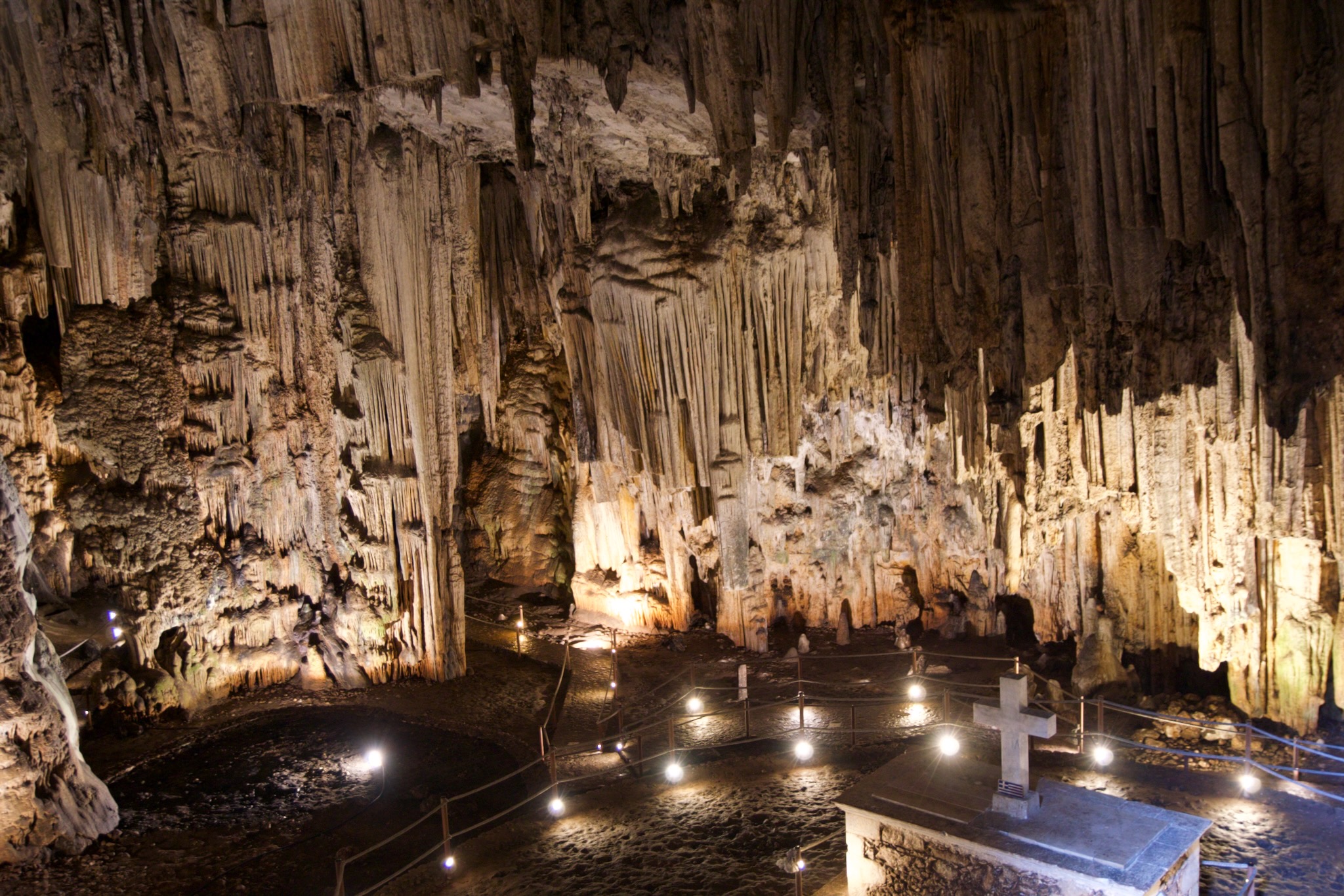
Here, too, there is much sad and dramatic history from the time of the Turkish siege. However, the first settlement of the cave is believed to date back to 3500 BC. Entry is free and contributes to the preservation of this valuable cave and the further exploration of the excavation site.
Did you like this article? Then share it on social media! This way you'll be supporting our work. We also welcome your opinion in the Comments.


